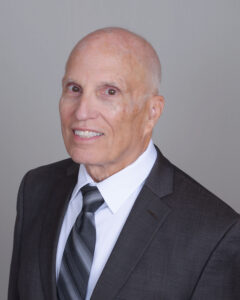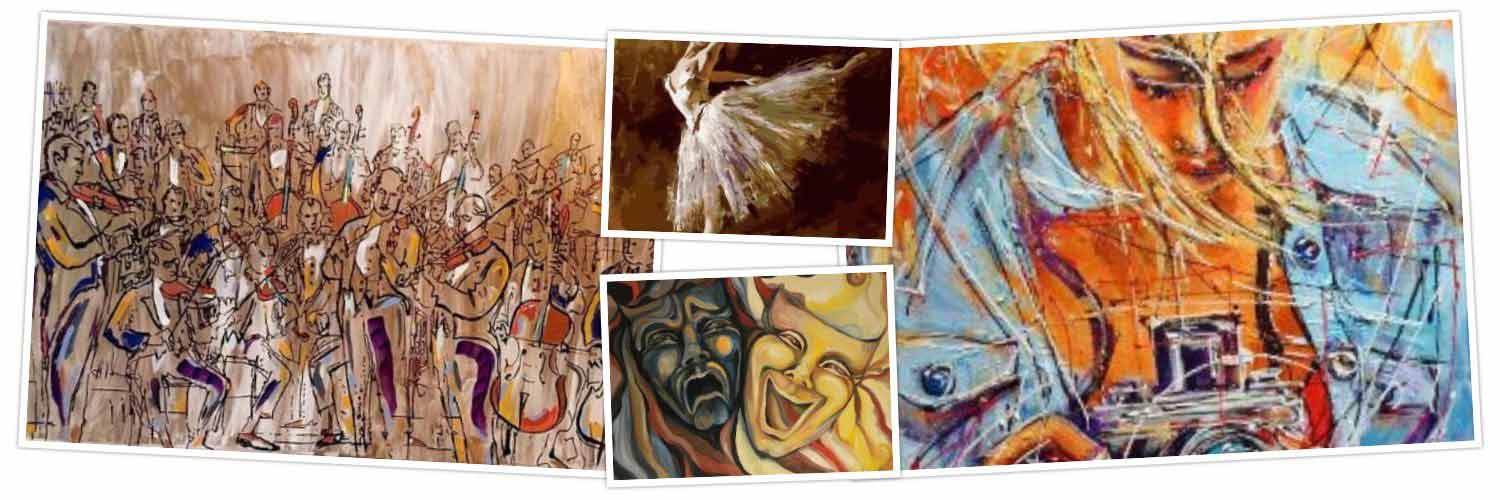San Antonio Conservation Society has a new Leader
By Jasmina Wellinghoff, Editor
San Antonio is often listed as one of the top travel destinations in the U.S., and even in the world. In fact, tourism and conventions have become the city’s second largest industry, attracting millions of visitors and contributing $3 billion annually to the city’s economy.

One big attraction is the city’s historic heritage that is still intact in many areas, including, most famously, our Spanish Colonial Missions and the internationally known Alamo, which was one of the missions. But there’s a lot more to historic preservation than the famed missions.
One organization that’s devoted to preserving historically important buildings, parks, houses and monuments is the San Antonio Conservation Society, currently led by its new president, Lewis Vetter.
Though most San Antonians think about SACS as a women’s organization, Vetter says, no, that’s not true, men have been involved, too, for a long time. We met Mr. Vetter at the SACS’s headquarters off S. Alamo to talk about SACS and its current projects.
How and why did you get involved with the San Antonio Conservation Society?
I am a native of San Antonio. My family and I have always been concerned about preservation of the historic buildings, objects, places and customs relating to the history of Texas. I found the Conservation Society of San Antonio’s goals aligned with mine and became a member.
When did you join?
I joined on August 24, 2004- twenty years ago. This coincides with when I moved back to my hometown, San Antonio.
Why did you want to be president and assume a great deal of responsibility?
The decision to become president and the responsibility it brings, came after careful thought and discussion. As the Society celebrates its centennial, I believe I would be the best person to guide it into the next 100 years.
How does it feel to be one of the few men among so many women?
While I am the first man to be elected president, the Conservation Society of San Antonio membership is made up of many dedicated men and women. More than one-third of the membership are men. And, several men serve on the board. BTW, I was looking at the founders of the organization from 100 years ago, and they were 16 women and two men. So, it was never all women.
What are your priorities now that you are president?
One of the things that I have been active in is the parliamentary aspect, the rules of the organization. I am a professional, registered parliamentarian. So, I know how to handle meetings, how the organization should be run according to Robert’s Rules of Order, which is the book on parliamentary procedure. A lot of meetings go on forever because the organization does not know any better. So, I hope to bring more efficiency to how we run our affairs. So that’s one skill that I bring to this. We have large meetings with our general membership six times a year, for instance. And there are other meetings. But what I found even more important is to bring some business skills in here and look at the data regarding what we want to accomplish. We need to formulate goals. What should we be doing in the next 100 years.
Can you give us an example?
Well, one example relates to an award we are presenting during the National Historic Preservation Month. We can make it a much more meaningful experience by bringing more relevant and more engaging speakers. We have the resources to make it relevant to a much larger group of San Antonians, rather than, say, to a small group of architects, like we had last year.
How many members does the organization have? And how many are engaged in the activities?
The Conservation Society is supported by a membership of 1,200 people.
Can you describe how your presence and leadership as president can help the organization?
With more than fifty years of business experience and a pragmatic approach to opportunities, I bring an action-oriented focus to the organization as we enter our next century. As an organization, we will celebrate our successes and those that make it happen, which includes our members, staff, volunteers, partners and the community. I look forward to bringing business principles to our non-profit organization, so we can achieve even greater success.
Describe the process through which SACS chooses the projects to support through a grant from SACS.
Each year, individuals and organizations are invited to apply for preservation grants for projects they are undertaking. A committee of board volunteers makes decisions based on the merits of the projects and the funds available to support them. It could be restoring original columns or windows on the front of a house in one of our historic districts or conservation districts. It could be redoing a standing seam metal roof, or a limestone façade. Anyone can apply. Grant applications become available on Aug. 1 and are due in late September. We typically award a total of up to $100,000 to a dozen local projects.
Right now, our priority continues to focus on the Texas Pavilion/Institute of Texan Cultures building.
The University of Texas at San Antonio wants to demolish the iconic building next year in order to get the most money for the site. We think it could be preserved by a new owner. Through our efforts, it has been listed on the National Register of Historic Places. In October of this year, we will request that the Texas Historical Commission award the State Antiquities Landmark designation to the unique building. Only then, will work affecting the state’s sole permanent World’s Fair structure be done, in consultation with the Texas Historical Commission.
———————————————————————-
———————————————————————-
.
